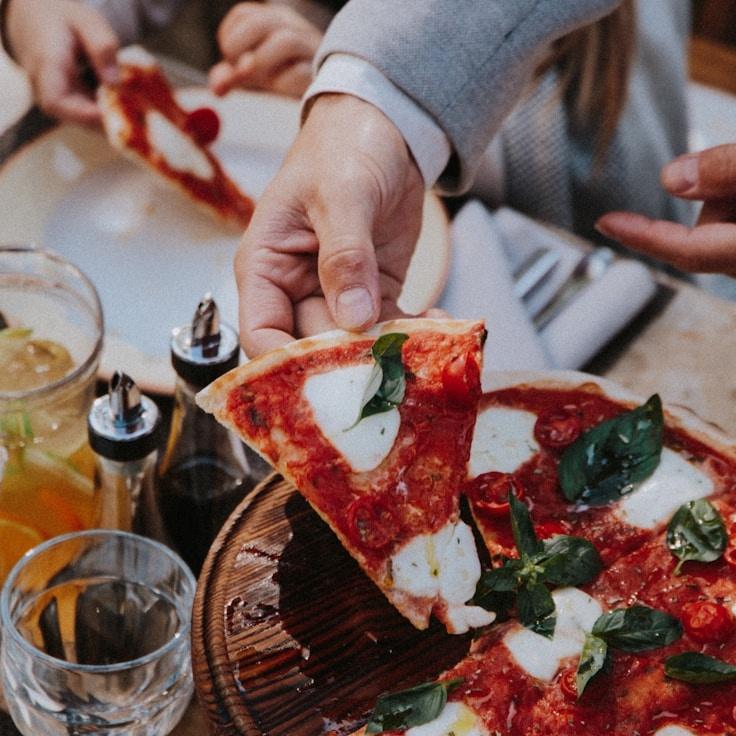Here at PalustralCommons, we’re convinced that outstanding pizza begins with superb dough. Following more than thirty years of refining our method, we’re happy to pass along a few insider tips. We won’t disclose the precise recipe (certain traditions stay sacred!), but applying these guidelines will let you craft restaurant-grade dough in your own kitchen.
The Flour Matters
Quality flour is the cornerstone of superb dough. We suggest using 00 flour—Italy's finely milled option with a moderate protein level (about 12%)—which yields a desirable mix of structure and tenderness. If 00 flour isn't available, bread flour works as a decent alternative, though the texture may vary slightly.
Water Temperature and Hydration
The water temperature you use influences fermentation and dough development. For slow fermentation to deepen flavor, cold water around 45°F (7°C) is ideal. For faster fermentation, lukewarm water about 85°F (29°C). Hydration should be 60-70% for most home ovens.
Minimal Yeast, Maximum Time
A key trick for richer dough is limiting yeast and extending fermentation. We employ only 0.2% fresh yeast by flour weight for doughs that ferment 24–48 hours. This gradual method builds deeper flavors and results in a dough that's gentler on digestion.
Salt: Not Just for Flavor
Salt does more than flavor; it reinforces gluten and regulates fermentation. Use fine sea salt at 2.5–3% of the flour weight, adding it after the flour and water have begun to mix to keep it away from the yeast.
The Art of Fermentation
Once mixed, let the dough bulk ferment at room temperature for about 2 hours, then portion into individual balls. Store them in lidded containers and chill for 24–72 hours. This cold fermentation is where the magic occurs—enzymes convert starches into sugars, developing flavor and the lovely browning of the crust.
Handling with Care
Before shaping, take the dough out 1–2 hours ahead to warm. Handle gently to keep the gas pockets intact. Use your fingertips to press and stretch rather than rolling, which squashes the air pockets.
The Final Touch: Heat
Although our ovens achieve ~850°F (454°C), typical home models peak around 550°F (288°C). To compensate, preheat a pizza stone or steel for at least an hour. This delivers the strong bottom heat required for a crisp crust and light interior.
Mastering pizza dough is a journey, not a destination. Each batch teaches you something new about the process. We encourage you to take notes, adjust variables, and discover what works best in your unique kitchen environment.
If you’d like to watch our dough-making process live, join one of our monthly pizza workshops where Chef Marco walks through these techniques in depth. See the events calendar for upcoming dates!

